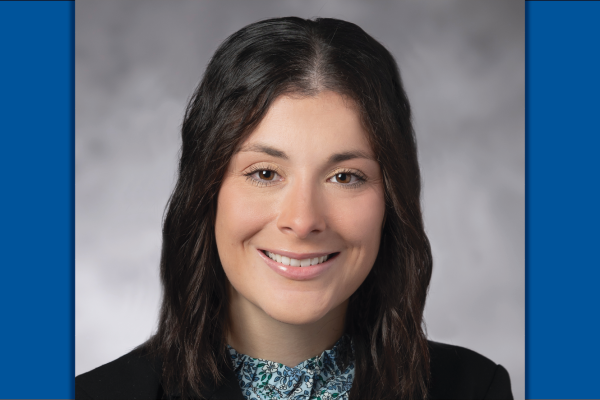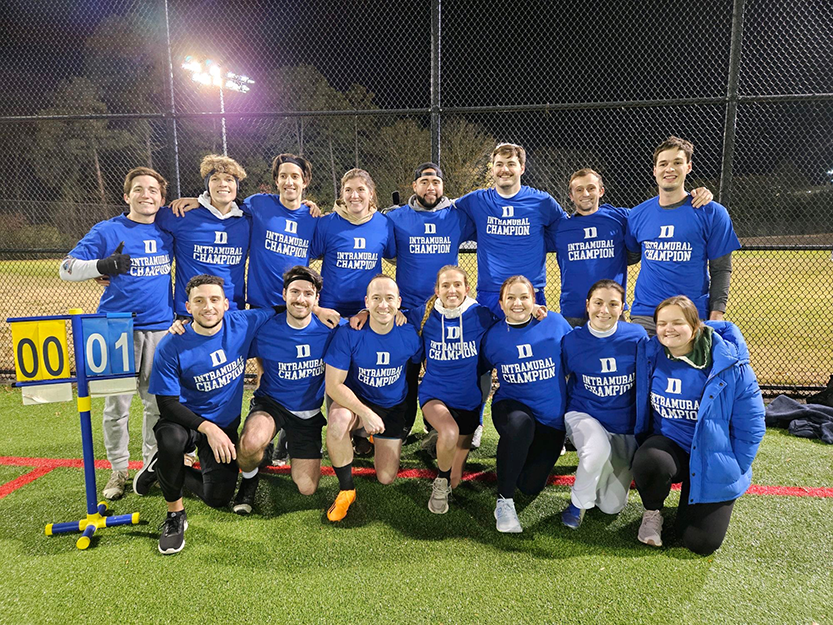
Hometown
Aurora, Illinois
What inspired you to pursue this degree?
I was drawn to medical physics because it combines medicine, physics, and engineering in a way that directly supports patient care. I was excited by the opportunity to apply technical skills to improve imaging technologies and treatment outcomes. Medical physics is a field that is continuously changing through advancing research and clinical trials, yet always remains committed to improving the lives of patients and providing the optimal quality of care. I was ultimately inspired to pursue this degree because I wanted to go into a scientifically focused career that has a real world impact.
Why did you choose Duke?
Duke’s medical physics program is among the strongest in the country, offering exceptional faculty, access to leading research, and close integration with clinical practice. Above all, I chose Duke due to the strong sense of community. From my first conversations with students in the program, it was clear how supportive and collaborative the environment was. Duke felt like a place where I could grow academically, be supported professionally, and join a group of students who truly valued one another.
Do you have a favorite memory from your program?
Some of the moments I’ve appreciated most have come from helping plan events that bring students together, including our fall retreat, open house weekends for prospective students, and a visit from local high schoolers interested in medical physics. As much as I’ve loved those experiences, the everyday moments stand out just as much. From spending days in the lab with my peers or chatting in the medical physics suite between classes, it has been many of the smaller, routine interactions that have made this program feel like home. The sense of community here is something I really value, and truly feel lucky to be a part of.
How do you hope to make an impact with your career?
I hope to contribute to the development of imaging technologies that improve both the accuracy and accessibility of patient care. I’m especially interested in how simulation and virtual imaging trials can be used to evaluate systems, refine protocols, and support clinical decision-making without placing additional burden on patients. These tools have the potential to bridge the gap between cutting-edge research and practical application. My goal is to help translate complex imaging methods into solutions that are not only technically sound, but also adaptable to real clinical environments. In doing so, I hope to make advanced imaging more useful and more available to the people who need it most.
What was the most important thing you learned at Duke?
One of the most valuable things I learned at Duke was the importance of taking full advantage of the opportunities available. The program offers exceptional resources across all areas of medical physics, from practicums and clinical shadowing to hands-on research. I made a point to explore as much as I could, even when I wasn’t sure which direction I wanted to take. I had originally planned to pursue a clinical path, but my experiences helped me realize how much I enjoy research. I’d encourage anyone entering the program to take advantage of any opportunities and stay open to the possibility that your interests might evolve.
